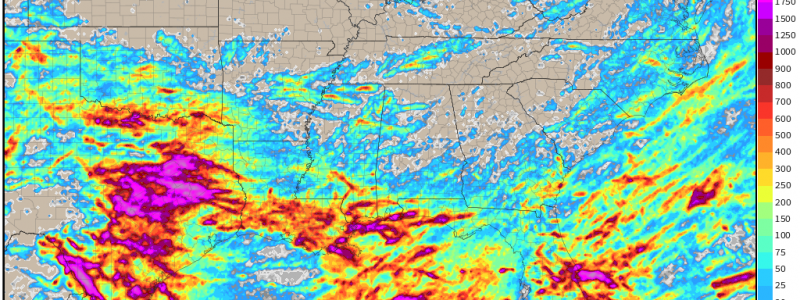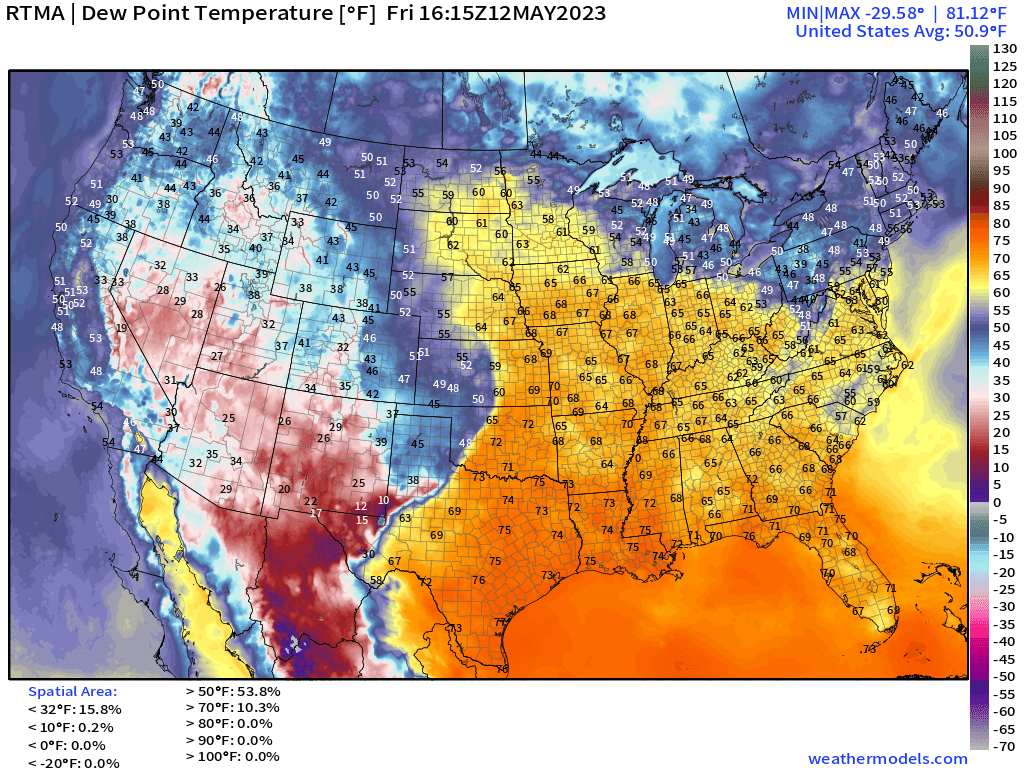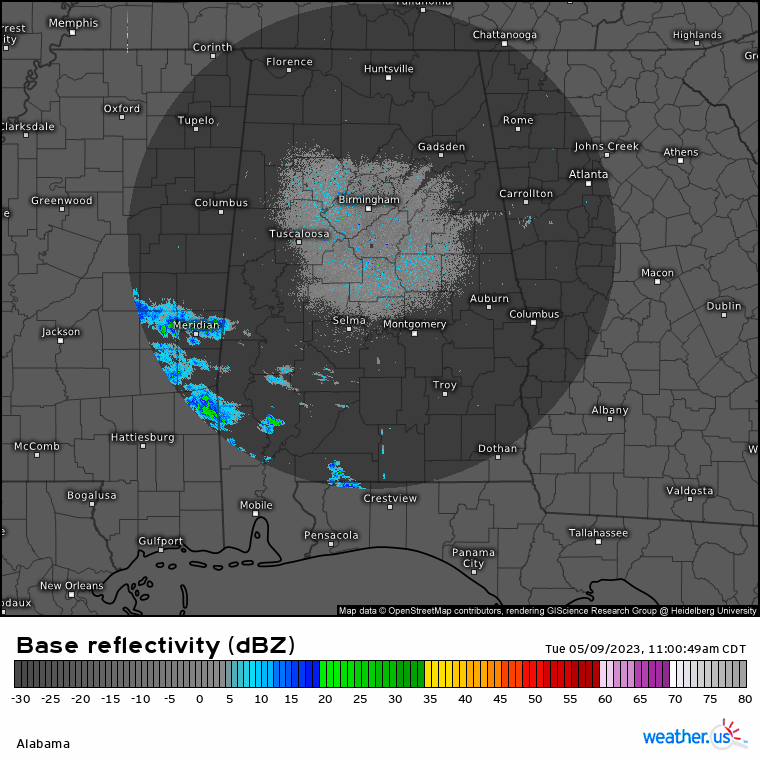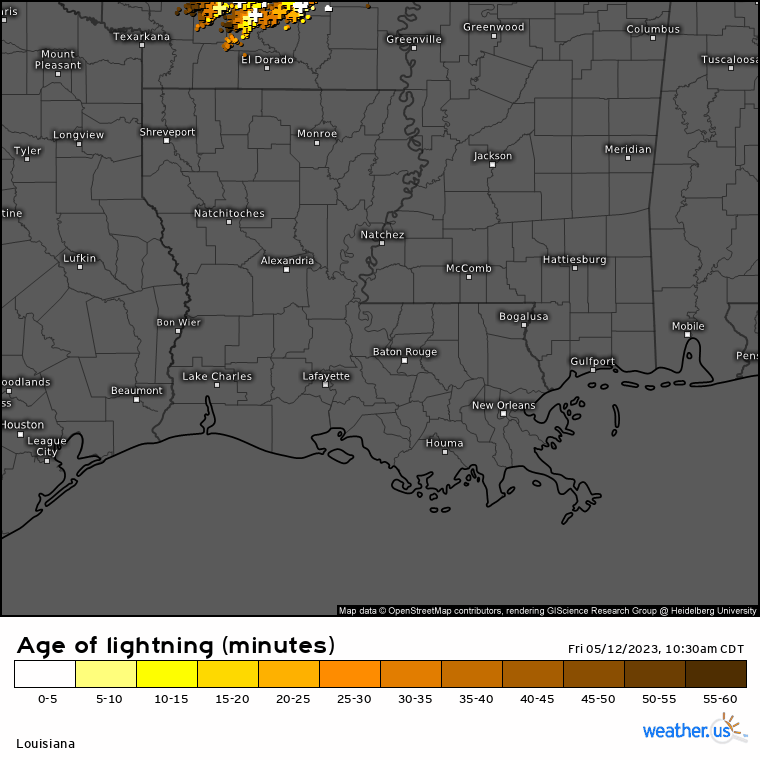
Lightning Safety
It’s that time of year again.

The jet stream begins to shift north as the seasons change from Spring to Summer. Warm, humid air from the Gulf of Mexico is brought north into the Eastern US. That “air you can wear” feeling returns and with it, the afternoon thunderstorms you can almost set your watch by.

These air mass thunderstorms (explainer here, if you’re interested) occur without any large system nearby. They rely on daytime heating and the moisture all ready in place to form. They can be random, isolated, and move erratically. Though they can sometimes become severe, especially as they decay, they bring a much greater threat to those outdoors on a hot summer day: Lightning.

A common misconception about lighting is that you must be able to see the storm or must be under it for lightning to hit you. This is simply not true.

These summer thunderstorms have access to plenty of instability through daytime heating and high dew points which allows them to grow very tall. Cloud tops of 40kft to even 60kft aren’t uncommon in the summertime.
As the anvils on these thunderstorms grow, positive lightning strikes (strikes that originate from the higher levels/anvil) are capable of traveling 10 to 12 miles ahead of the main part of the storm. So, if you’re enjoying time outside in this warmer weather, it’s very important to remember that even if you can’t see the storm, if you hear thunder, you can be hit by lightning.
Let’s review a few lightning safety tips to be better prepared this summer:
- First and foremost: if you hear thunder, go indoors immediately. Don’t wait until you can see the storm.
- Your shelter should be enclosed. No pavilions, dug-outs, etc.
- If an enclosed shelter is unavailable to you, get in your car (metal-topped, not soft-topped) and roll the windows up.
- If you are unable to find appropriate shelter:
- Get off of elevated areas like hills, mountain ridges, and peaks
- Do NOT lie flat on the ground but instead crouch down in a ball-like position with your head tucked and hands over your ears so that you are down low with minimal contact with the ground.
- Do NOT shelter under a tree.
- Move away from bodies of water
- Stay away from objects that conduct electricity like power lines or windmills.
These safety tips come directly from the NWS’s Lightning Tips page. Check it out for more tips and more info on lightning.
Here at weather.us and weathermodels.com, we have a few products to help you predict or track lightning:
- Lightning Analysis (weather.us)
- NOAA OPC Lightning Strike Density (weathermodels.com)
- One Hour Lightning Parameter available via the HRRR, RRFS-A, NCEP HiRes-FV3, NCEP HIRESW-ARW, and NCEP HIRESW-NSSL (weathermodels.com)
- 6-HR Lighting Flash Density via the HRRR and ECMWF (weathermodels.com)
- Lightning Density via the ECMWF IFS and the ECMWF RAPID (weather.us)
Remember, be weather aware on these hot and humid days. And, to borrow a phrase from the NWS. “When thunder roars, go indoors!”











